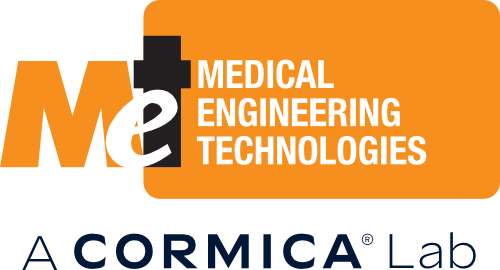Accelerated Ageing for Medical Device Packs What Temperature?
This article first appeared in Medical Packaging Innovation
The shelf life of terminally sterilised medical devices should be validated using both accelerated and ‘real time’ ageing, according to ISO 11607. Earlier posts have pointed out that the Arrhenius equation is used to determine the rate of accelerated ageing. The version of this equation given in ASTM F1980 uses a Q10 factor of 2. This is saying that the rate of a chemical reaction is doubled for every 10°C increase in temperature. It is this increase in the rate of chemical reactions that is accelerating the ageing.
So surely the hotter the better, it will maximise the acceleration? Well no, we want the chemical changes to occur more rapidly but we don’t want physical changes such as the melting of adhesives. The most popular accelerated ageing temperature for medical devices is 55°C. This gives a Real Time Equivalent of 1 year after 6.5 weeks at the elevated temperature. This is calculated using 25°C as the normal storage temperature for the devices (a calculator can be found at – accelerated aging calculator).
The 55°C ageing temperature may have been chosen because it is sufficiently below the softening point of plasticised PVCs to avoid product damage. It works well with all packaging materials. Some materials such as impermeable foil packs can go much hotter, maybe as high as 85°C, whilst some materials (particularly paper in a dry environment) can go brittle at elevated temperatures.
